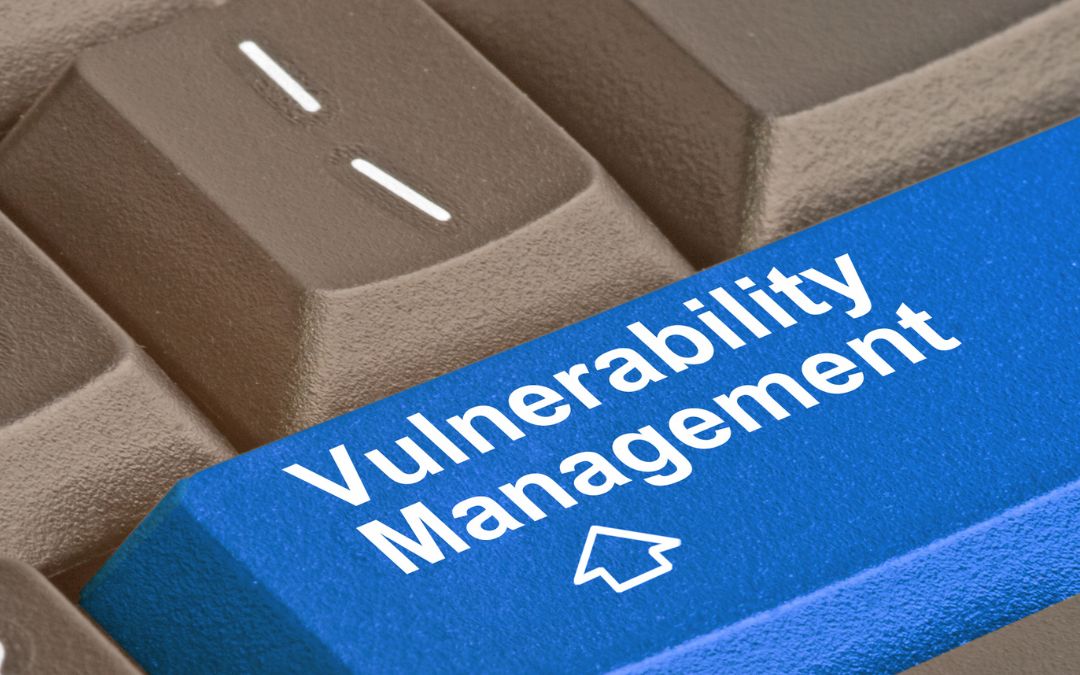Canvasing Network Vulnerabilities for Public Engagement Platforms

Understanding the principles of network science has helped SmartComment optimize its platform for better engagement, communication, and decision-making. By studying the structure of its user network and the dynamics of user interactions, SmartComment has consistently been able to identify potential vulnerabilities and take proactive measures to prevent cascading failures.
Network Infrastructure Audits Are Necessary & Frequent
For SmartComment, implementing robust system architecture and redundancy measures has ensured that a failure in one part of the system doesn’t disrupt the entire network. Regular system audits and stress testing help identify potential points of failure and address them before they impact users.
Insights from network science are key to enhancing overall user engagement. By understanding how information flows within the network, SmartComment has been able to optimize the way it presents and prioritizes content. Making it easier for users to engage with the topics they care about most, keeping project milestones in focus.
But let’s take a step back to look at the concept of networks in general.
In the intricate tapestry of our digital age, the concept of networks extends far beyond our immediate perception. From the vast interconnected web of social media to the complex neural networks in our brains, networks are ubiquitous. They are the invisible threads that weave together our experiences, our interactions, and our understanding of the world. To truly appreciate the impact of network vulnerabilities on a digital platform like SmartComment, we must be willing to journey down the rabbit hole, to explore the labyrinthine world of networks in all their forms and complexities.
Today the interconnectedness of systems is not just a feature but a necessity. We use the term “system” here in the broadest sense of a digital framework. APIs and compatibility between “networks” has ushered in a wave of exponentially hidden systems. Disparate online environments have not only become more related than we would have imagined, they are more related than we could have imagined. In the aftershock of an Internet of Things revolution, even physical objects have become communicative.
This interconnectivity, however, has brought with it a unique set of challenges. One of these challenges is rather all encompassing: the concept of “outages”. This concept, while originally discussed in the context of large-scale power outages, has had significant implications for digital platforms like SmartComment.
But power outages, it turns out, are the least likely culprit for drops in network functionality. Networks can go down or experience disruptions for a variety of other reasons. Here are some common ones:
Hardware Failure: This could include failures of servers, routers, switches, or other physical components of the network. Hardware failure is one of the most common causes of network downtime.
Software Failure: Bugs, errors, or incompatibilities in network software or firmware can cause a network to go down. This could also include failures in the operating system or other software that the network relies on.
Overloads: If a network is subjected to more traffic than it can handle, it can become overloaded and may stop functioning properly. This could be due to a sudden increase in usage or a denial-of-service (DoS) attack.
Network Attacks: Cyberattacks like Distributed Denial of Service (DDoS) attacks, malware, or ransomware can disrupt network operations and cause downtime.
Natural Disasters: Events like floods, fires, earthquakes, or storms can damage network infrastructure and cause network downtime.
Human Error: Mistakes made by network administrators or users, such as incorrect configuration settings or accidental deletion of important files, can cause a network to go down.
Maintenance Issues: If regular maintenance is not performed, issues can accumulate over time and eventually cause the network to go down.
Connectivity Issues: Problems with internet service providers (ISPs) or other external factors can disrupt a network’s connection to the internet.
Physical Damage: Damage to network cables or hardware, whether accidental or intentional, can disrupt network operations.
And let’s not forget about virtual network outages. Under what are often the best of intentions, individual preferences can selectively discourage cross-discussions. People often lead parallel but invisible dialogues. What one group of stakeholders discusses with certainty can be diametrically opposed to what another congregation of stakeholders plans for. Though if neither sees the other, it sows seeds of confusion. For a leading provider of digital engagement tools, efforts to avoid this conundrum have been at the epicenter of all of our efforts.
Understanding Vulnerability Due to Interconnectivity
In its most general sense, interconnectivity in a network refers to the interconnected nature of its nodes or components. In the context of SmartComment, these nodes could be users, comments, projects, or any other entities that interact with each other while using our platform (ignoring, for the moment, the very real hardware issues associated with interconnectivity). The vulnerability arises when a failure or disruption in one part of the network triggers a cascading effect, impacting other parts of the network.
Implications for SmartComment
For a platform like SmartComment, understanding and managing this general vulnerability has been crucial. In its best form, the platform serves as a hub for public engagement, facilitating communication between various stakeholders including government agencies, businesses, and the public. A disruption in the platform’s effectiveness to facilitate meaningful interactions would mean a disruption to the platform’s usefulness. We are not, nor do we aspire to be the FaceBook of public programming – which is to say, if you feel one way about a public project, and someone else has differing views, we do not curate the content you see to reinforce your own beliefs. To do so would be anathema to any project’s long-term health. Furthermore, if users found the platform inconsistently applied, it would undoubtedly work counter to actual project management goals.
In the interconnected digital world, understanding the principles of network science is no longer a luxury but a necessity. For platforms like SmartComment, it provides a roadmap to navigate the complexities of digital engagement, ensuring we can deliver reliable, effective, and user-friendly services. By acknowledging and addressing the vulnerability due to interconnectivity, SmartComment has been able to continue to facilitate meaningful public engagement in an increasingly digital world.



 Blog Homepage
Blog Homepage
 Previous Blog Post
Previous Blog Post
